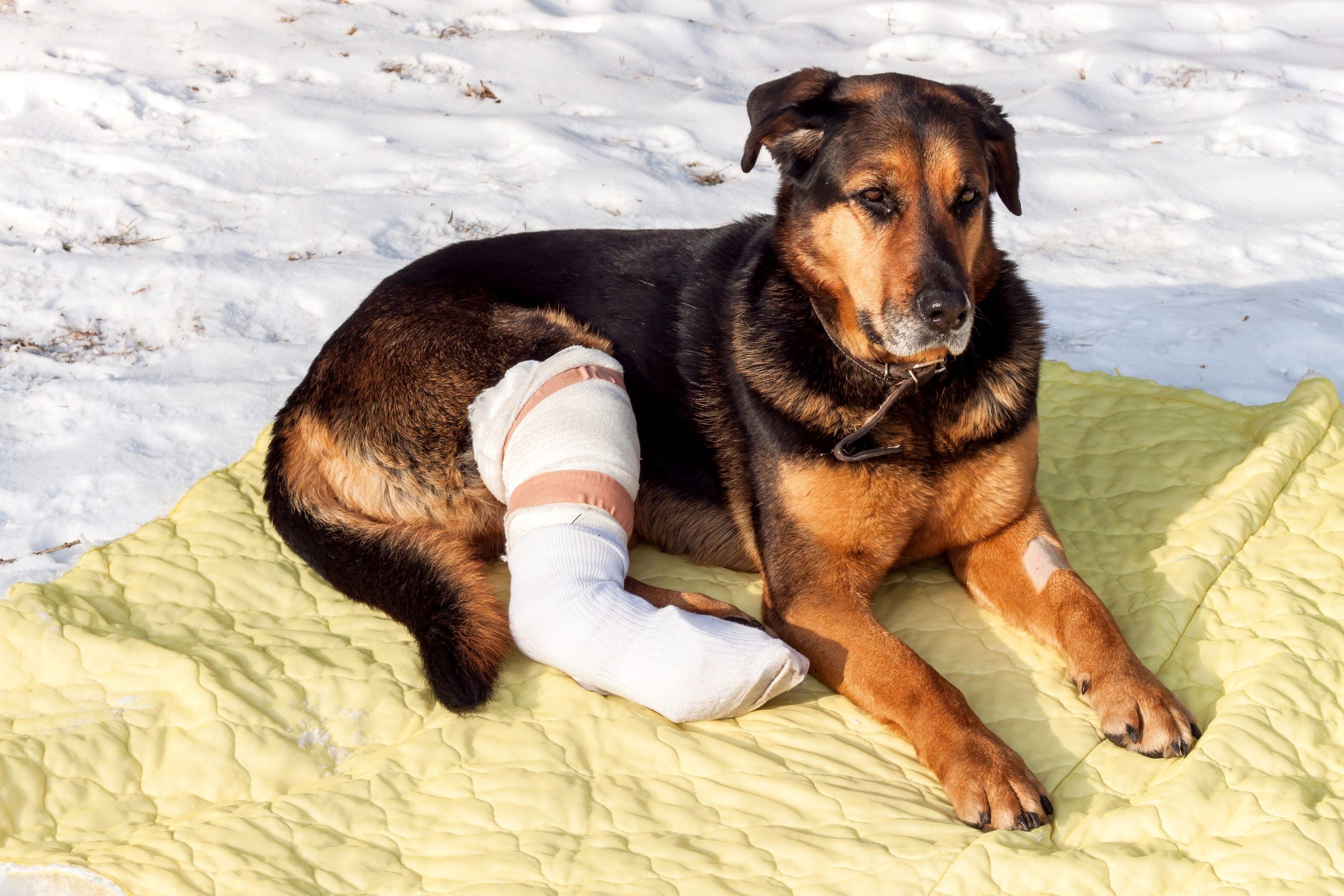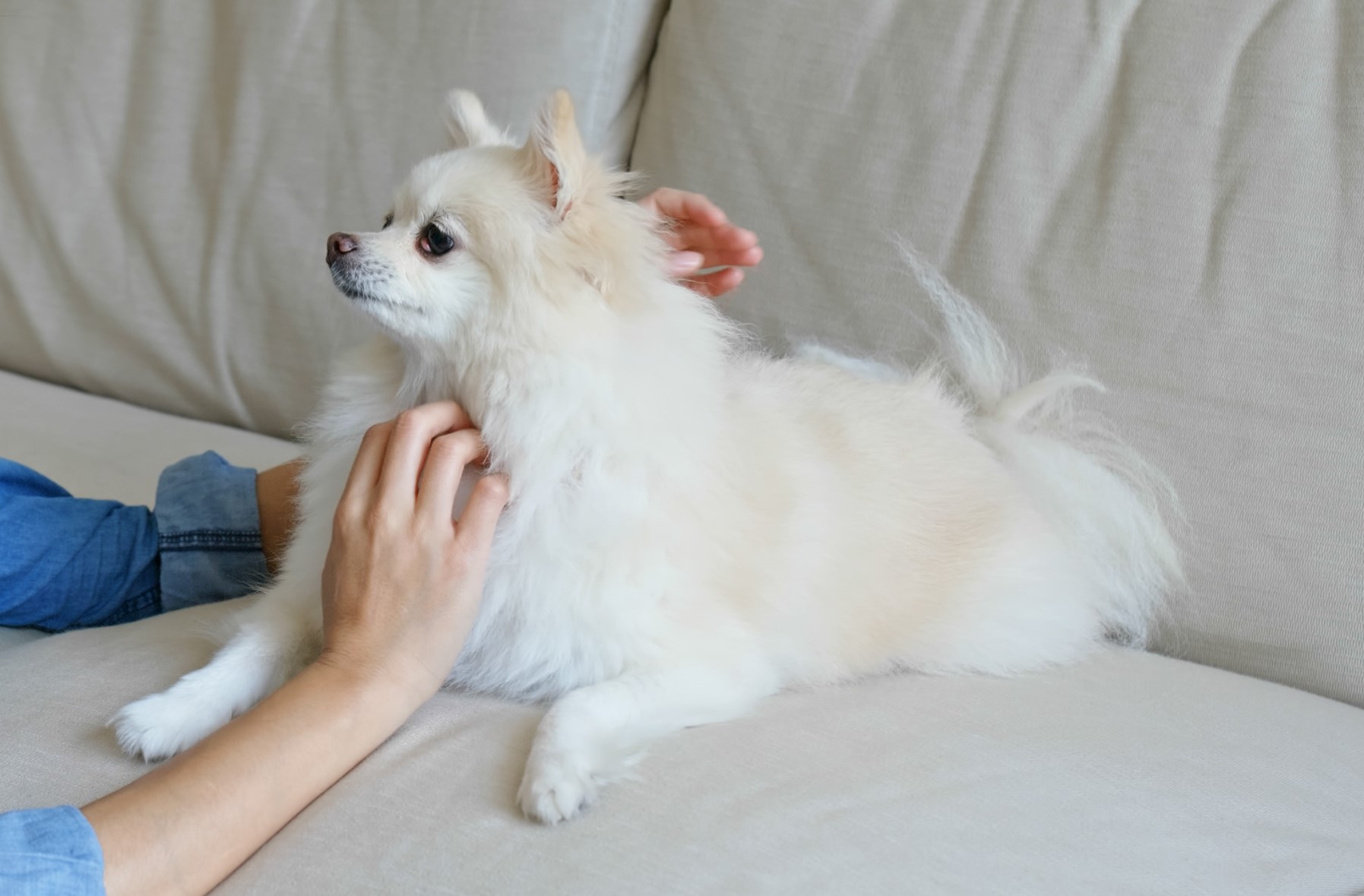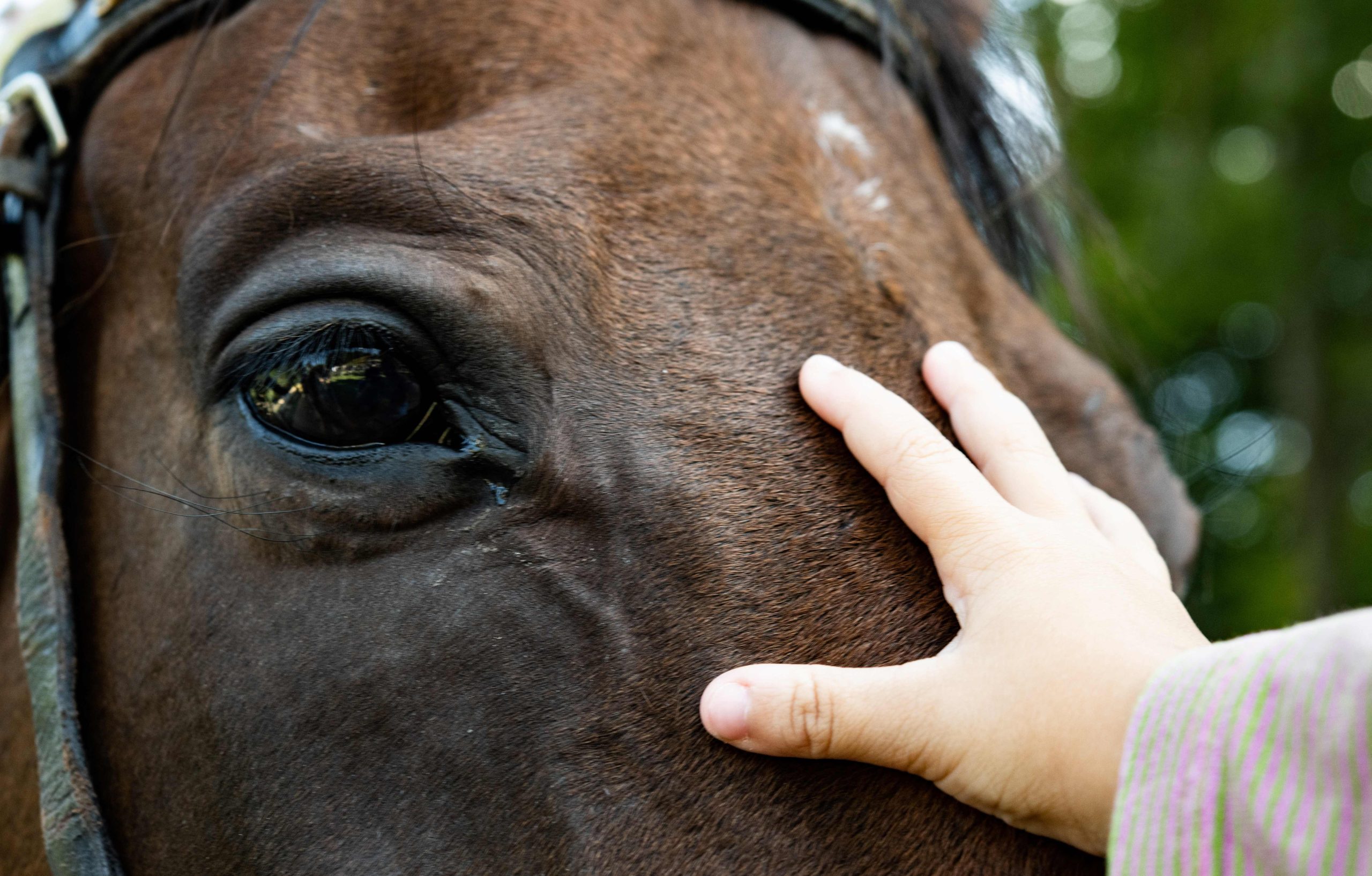Veterinary Osteopathy
Dr Debbie Prattley
Veterinary osteopathy is a wholistic approach to health, and offers a broad range of hands-on treatment techniques. Having lots of tools in the toolbox means I can choose the ones that I think will work best for your pet, as well as being able to adjust for their preferences.

What is osteopathy about?
Osteopaths consider the whole body as an integrated unit. We don’t just think about the sore, injured or diseased part. Instead, we think about all the things that might have contributed to the condition arising in the first place, and we consider how the condition affects the rest of the body. As an example, most of us are aware of compensatory patterns – if you’re lame on one leg, you put more pressure on the other, which means more load on those joints and muscles. We look after the whole body.

What does veterinary osteopathy look like?
Osteopathy is an integrated part of my rehabilitation practice. I assess the whole body to see where the loads and strains are, and help the animals to cope with them. I choose which osteopathic treatment techniques to use – options include joint mobilising, myofascial release, trigger point therapy, positional release, craniosacral therapy, joint adjustments and many more. I aim to be as effective as possible while causing the least amount of discomfort.

How does osteopathy help rehab?
Veterinary osteopathy treats sore and stiff joints, tight muscles and fascia, which might either be injured or compensating for injuries or other painful conditions. Improving mobility and reducing pain means that your animal can feel more comfortable and will be able to move their body in a much better way.

How many sessions does it take?
It depends (my favourite phrase)! During rehab for an injury or after surgery, I use hands-on treatments to help your animal to cope with those compensatory patterns as well as with the direct effects of the injury. They’ll need treatments throughout their recovery period. How long recovery takes varies depending on what’s happened. For senior animals, ideally I see them on a regular basis, depending on what their needs are and what works for you. For example, this could be monthly. Sporting and performance animals might have treatments up to weekly when they’re working hard. Other animals might be treated on an as-needed basis, when you’ve noticed something isn’t quite right.